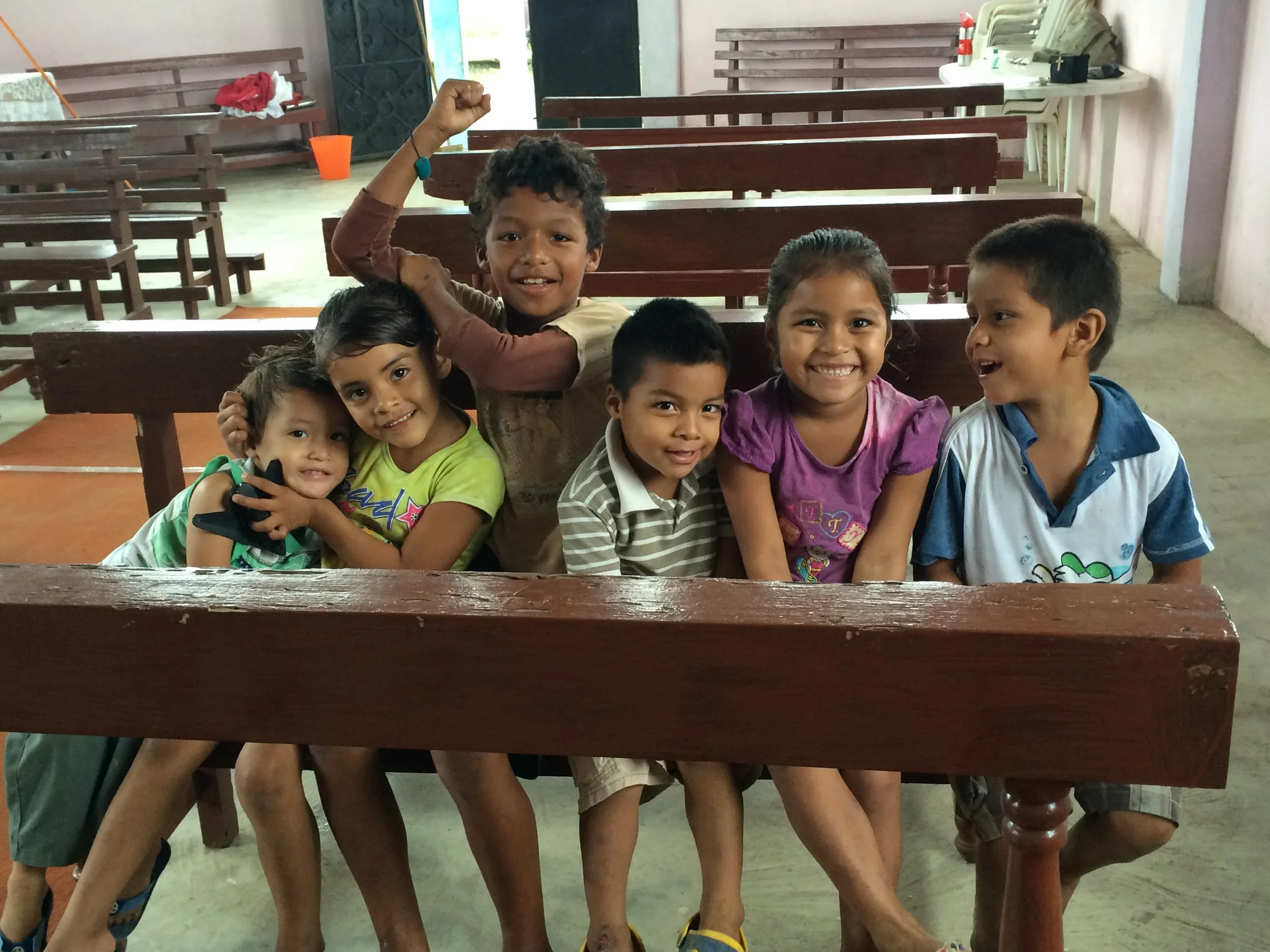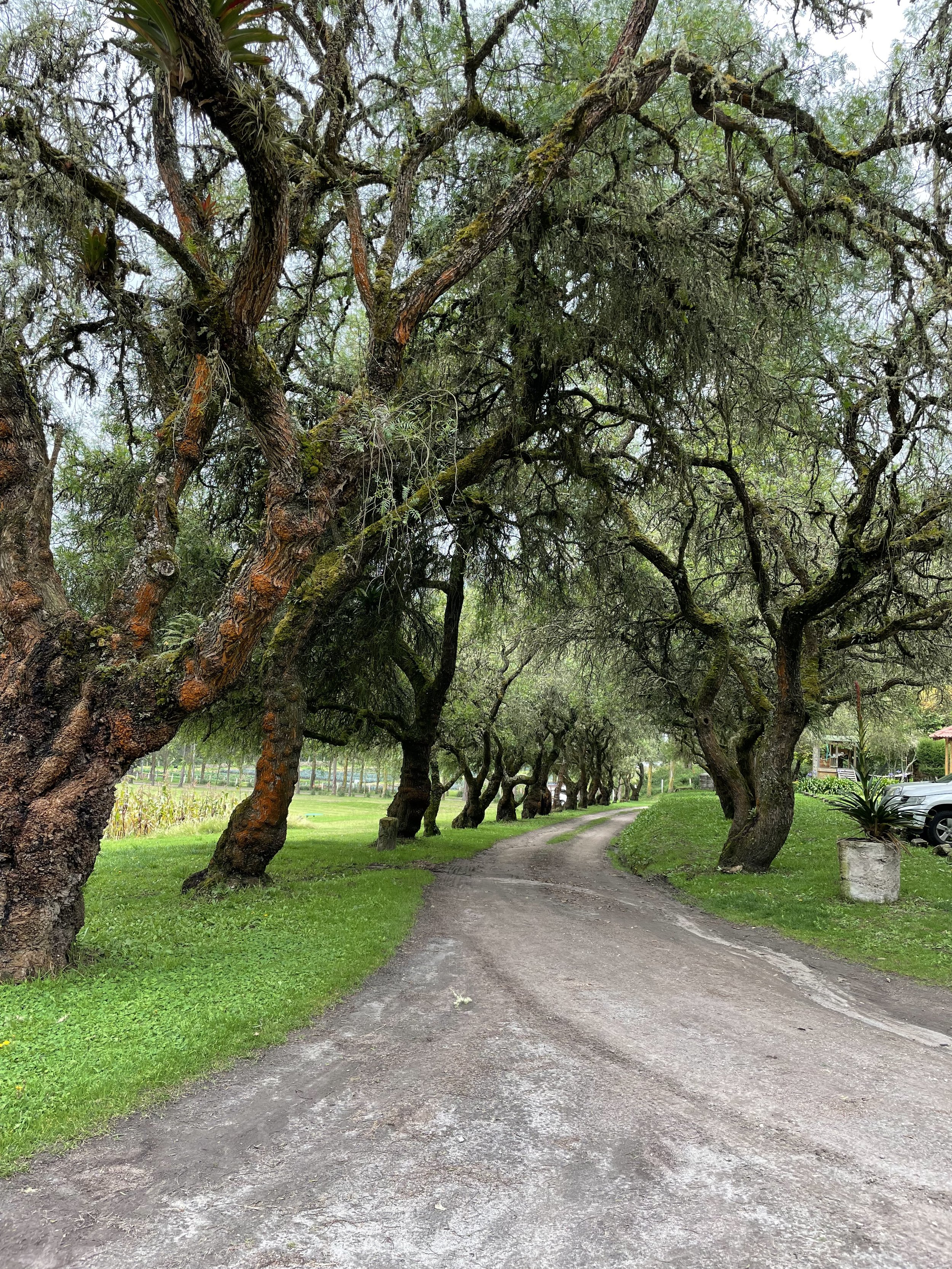
Why do we do Short-Term Missions?
Short-Term Mission should positively impact at least four different groups of people.
1. The team who leaves their context
2. Those who send the team
3. Those who accept the team into their midst
4. The community and context around those who accept the team
Short-Term Missions can generally be broken down into three distinct parts: pre-field, on-field, and post-field. We generally tend to dismiss parts one and three, and only focus on part two, the time spent on-field.
The post-field aspect of Short-Term Mission is the most important. The challenge is to convert an expense into a lasting investment.
The following diagram illustrates the cycle and the stages of adjustment as participants re-enter their home culture after a Short-Term Mission.
The Fun stage of returning home is the honeymoon stage. “I can’t wait to sleep in my own bed!”
The Flee stage has to do with your expectations of being home not matching up with the reality. “No one gets it. I want to talk to someone who really understands.”
The Fight stage has to do with misplaced passion. “I will show my home culture how silly our priorities are here in comparison to the rest of the world.”
The Fit stage is unfortunately where some people end this cycle, and their mission experience fades into a distant memory. “I tried to live differently, but itʼs too hard.”
The Fruit stage is when something different happens. “How is my life going to be different due to this Short-Term Mission?
The “fruit” stage requires implementing deliberate and purposeful change.
Our ultimate goal is transformation for all four groups who are impacted by the Short-Term Mission.

“I am the vine; you are the branches. If you remain in me and I in you, you will bear much fruit.”
John 15:5



